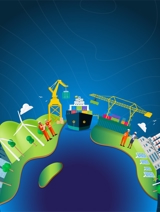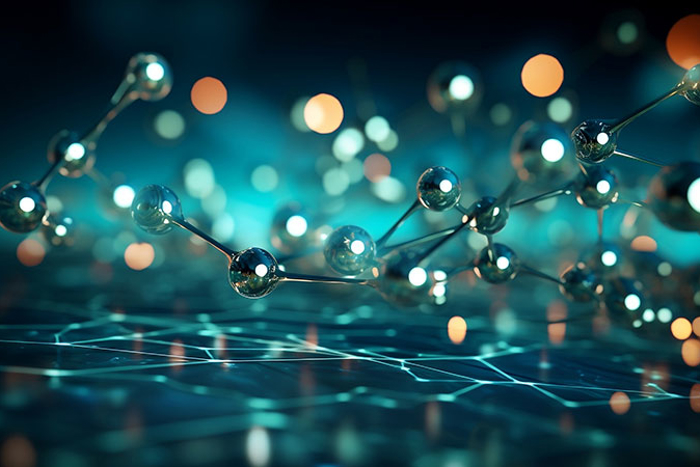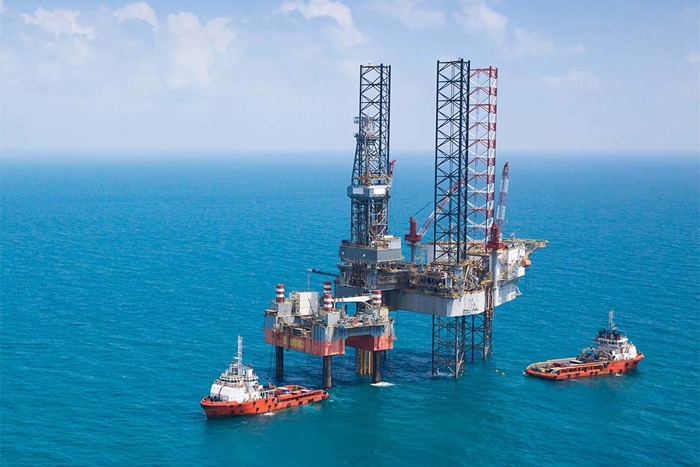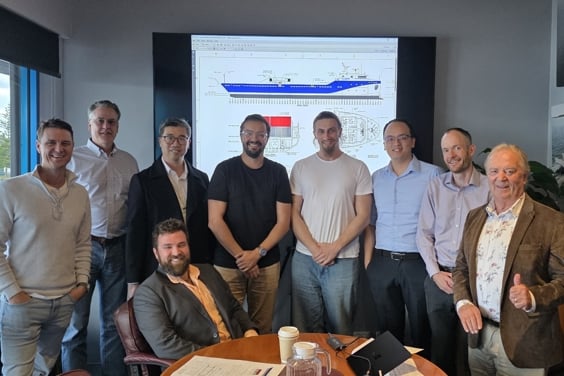How nuclear fuel works
Nuclear is emerging as a potential game-changer for the shipping and offshore industries. Nuclear-powered ships, while not a new concept, could offer a significant reduction in greenhouse gas emissions compared to traditional fuels.
Nuclear power stands out for its unparalleled energy density, millions of times greater than that of conventional fuels, and its ability to operate without emitting any SOx, NOx, CO2, or particulates. It’s a technology with a proven safety record in naval applications, and now, it’s poised to make waves in commercial shipping, particularly for deep-sea voyages.
Advantages of Nuclear Alternative Fuels in Shipping
It also means ships could operate for extended periods without refueling due to the high energy density of nuclear fuel. Additionally, offshore platforms could utilise small modular reactors (SMRs) to generate clean electricity for various purposes, including powering operations, producing hydrogen for fuel, or even supplying power to coastal communities.
While safety concerns and regulations are significant hurdles, research and development are actively exploring this technology's potential for a cleaner maritime future.
Watch our video below introducing Nuclear as a fuel for shipping
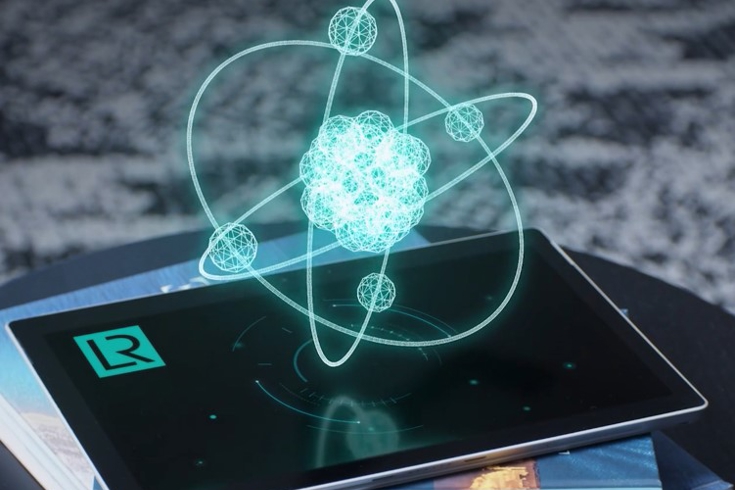
Featuring insights from Mark Tipping, Power to X Director at LR, and Jez Sims, Nuclear & Submarine Technology Specialist at LR.
Latest content, downloads and tools
Frequently Asked Questions
Nuclear fuels are used for shipping propulsion and auxiliary systems, particularly in naval and icebreaking applications.
Nuclear energy is used in naval ships, primarily submarines and aircraft carriers, providing long operational periods without refuelling.
Nuclear-powered ships require uranium fuel, but they need refuelling much less frequently than conventional ships. Depending on the technology type, they only need refuelling every 5 to 30 years.
Container ships don't currently use nuclear power. This is primarily due to challenges around lack of updated regulatory frameworks, current availability of suitable technology for this application, and public perception of safety.
Spent nuclear fuel can be reprocessed to extract usable isotopes for new fuel or other applications, but it is usually currently primarily stored as waste due to complexity and cost.
Uranium is used as fuel in nuclear-powered ships, particularly in naval submarines and aircraft carriers.
Cruise ships don't use nuclear power currently. This is primarily due to challenges around lack of updated regulatory frameworks, current availability of suitable technology for this application, and public perception of safety.
HMS Queen Elizabeth is not nuclear-powered; it is a conventionally powered aircraft carrier using gas turbines and diesel engines.
The Navy stores spent nuclear fuel in secure facilities and may reprocess some of it to extract usable materials, following strict regulations.
Countries with nuclear-powered naval ships include the United States, Russia, the United Kingdom, France, China, and India.
China has nuclear-powered naval ships, primarily submarines, as part of its military fleet.
Commercial ships don't currently operate using nuclear power. This is primarily due to challenges around lack of updated regulatory frameworks, current availability of suitable technology for these applications, and public perception.
Nuclear ships typically refuel every 5-30 years, depending on the reactor design and operational usage.
The United States has the most nuclear submarines, maintaining a large fleet for its naval operations.
Back to: Fuel for thought hub


